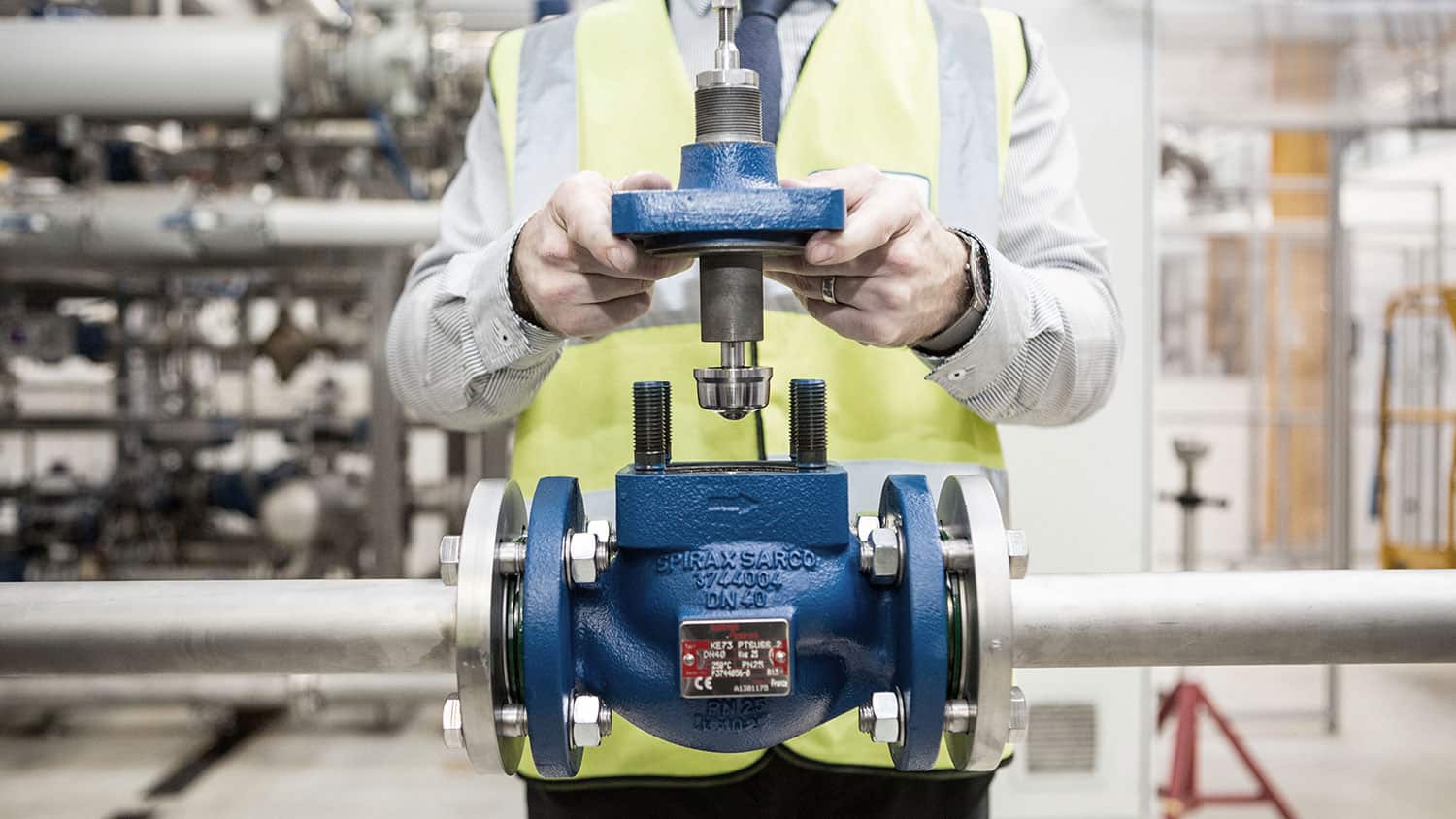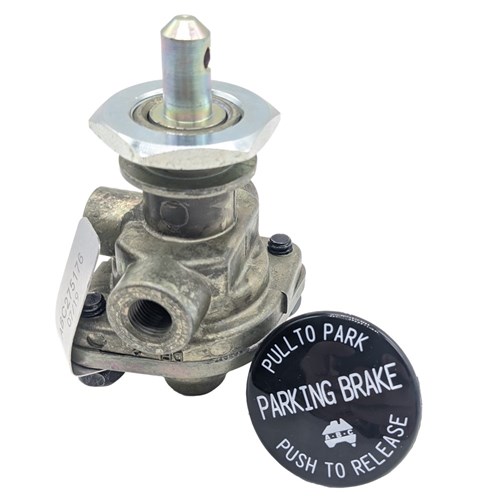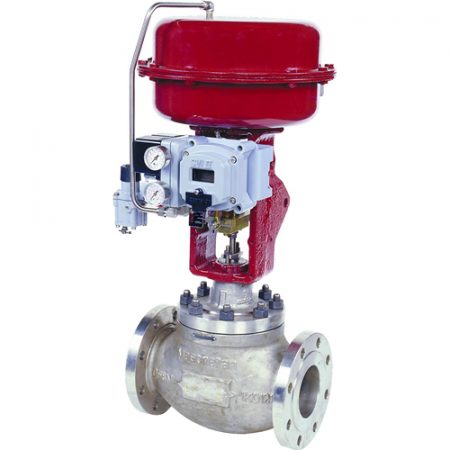
Maximize Power Cost Savings and Convenience With Advanced Structure Automation Controls
In the world of modern-day design and center administration, the assimilation of sophisticated building automation regulates stands as an essential improvement. The convergence of innovation and sustainability has birthed a new period where power effectiveness, convenience optimization, and operational streamlining are no much longer remote aspirations but achievable realities. By taking advantage of the power of automation, structures can adapt, react, and develop in manner ins which were when inconceivable. The potential for considerable power savings and boosted comfort is not simply a promise but a possibility waiting to be satisfied. This paradigm shift in building administration holds the essential to unlocking a globe where ecological conscientiousness and owner well-being harmoniously exist side-by-side within the wall surfaces of our structures.
Power Efficiency Perks
Energy effectiveness advantages can significantly decrease power usage and operational costs in buildings. Energy-efficient systems, such as innovative structure automation controls, can optimize the usage of sources like air conditioning, heating, and lighting, leading to lower energy expenses over time.
Moreover, improved energy efficiency can prolong the life-span of building tools and systems. By running extra efficiently, cooling and heating systems, lighting fixture, and various other structure components experience less deterioration, leading to minimized upkeep and replacement costs. Additionally, energy-efficient buildings frequently command greater residential property worths and rental prices, supplying long-lasting monetary advantages to owners.
Furthermore, power efficiency can improve resident comfort and performance. Effectively controlled interior environments with optimum illumination and thermal problems produce a more pleasant and conducive office, bring about enhanced worker complete satisfaction and efficiency. In general, the power efficiency benefits connected with sophisticated building automation controls are complex, incorporating price financial savings, ecological stewardship, and resident health.
Enhanced Convenience Control
Enhancing comfort control in structure environments calls for an innovative assimilation of innovative automation systems for optimum resident wellness. By using advanced building automation controls, centers can tailor the interior setting to fulfill the details needs and choices of occupants. control valves.
Enhanced comfort control goes beyond basic temperature level modifications. It consists of features such as customized setups, tenancy sensing units, and all-natural light usage to create a vibrant and responsive setting. By incorporating these innovative controls, buildings can not only enhance convenience yet additionally boost energy effectiveness by optimizing system procedures based on actual occupancy and usage patterns. Ultimately, focusing on resident comfort through sophisticated automation systems brings about an extra enjoyable and healthier indoor setting.
Operational Efficiency Improvements

Additionally, the implementation of real-time monitoring and analytics devices makes it possible for building operators to recognize energy ineffectiveness and operational abnormalities quickly. By continuously checking energy usage patterns and system performance metrics, modifications can be made in real-time to enhance energy usage and make sure peak operational efficiency. control valves. Furthermore, including need reaction techniques into structure automation controls can additionally improve operational effectiveness by dynamically adjusting energy use based on grid conditions and pricing signals
Indoor Climate Optimization
Efficient indoor climate optimization is an essential element of building automation controls, guaranteeing owners' comfort and well-being while making the most of power savings. By making use of advanced sensing units and controls, developing automation systems can constantly readjust and keep track of temperature level, humidity levels, air quality, try here and ventilation to produce an optimal interior setting. Keeping comfortable and constant problems not only boosts owner contentment however also increases efficiency and total health.
Interior environment optimization also plays an important role in power effectiveness. By fine-tuning air conditioning, heating, and ventilation systems based on real-time data and occupancy patterns, developing automation controls can dramatically reduce power intake - control valves. Carrying out techniques such as demand-controlled air flow and thermal zoning can help decrease power waste while ensuring that each location of the building gets the necessary conditioning.

Sustainable Setting Creation
Structure automation manages not just maximize indoor climate conditions for energy efficiency and owner comfort however also lay the foundation for producing a sustainable setting via tactical monitoring of systems and sources. By incorporating sophisticated structure automation innovations, such as sensing units, actuators, and intelligent software application, facilities can keep an eye on and readjust power usage in real-time to lessen waste and lower their carbon footprint. These systems allow predictive maintenance, determining potential problems prior to they escalate and enhancing tools efficiency to enhance durability and performance.
In addition, lasting atmosphere creation expands past energy management to incorporate water preservation, waste decrease, and indoor air high quality enhancement. Building automation controls can control water use, discover leaks, and make certain appropriate garbage disposal techniques, contributing to total sustainability efforts. Additionally, by controlling and monitoring ventilation and filtration systems, these technologies boost resident health and wellness and efficiency while decreasing energy intake related to HVAC operations.
Final Thought
To conclude, progressed structure automation manages offer significant benefits in regards to power financial site link savings, convenience control, functional effectiveness, interior environment optimization, and producing a lasting setting. By executing these controls, structures can achieve optimal performance while reducing power intake and boosting occupant convenience. It appears that using innovative automation innovation is critical in boosting building performance and developing a more sustainable future.
Power performance benefits can substantially reduce energy intake and operational expenses in buildings. In general, the energy performance advantages associated with innovative structure automation controls are diverse, including cost savings, ecological stewardship, and owner health.
Furthermore, incorporating need reaction approaches right into structure automation controls can even more boost functional efficiency by try this dynamically changing power use based on grid problems and rates signals.
Structure automation regulates not only maximize interior climate conditions for power efficiency and passenger convenience however also lay the structure for producing a lasting atmosphere with critical management of systems and resources.In final thought, progressed structure automation controls offer substantial advantages in terms of energy financial savings, comfort control, functional performance, interior climate optimization, and producing a sustainable environment.